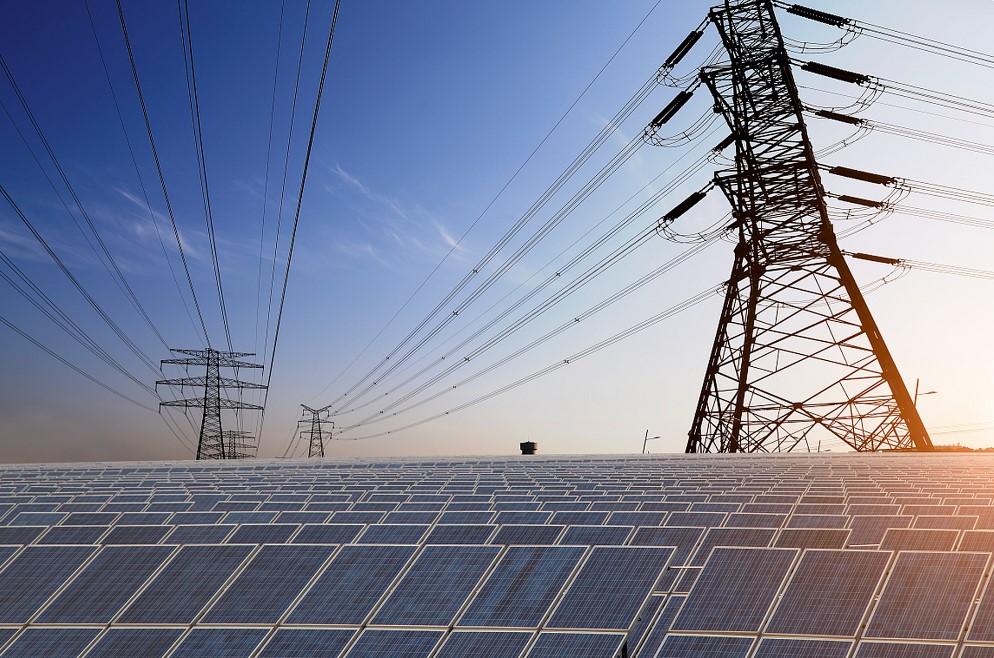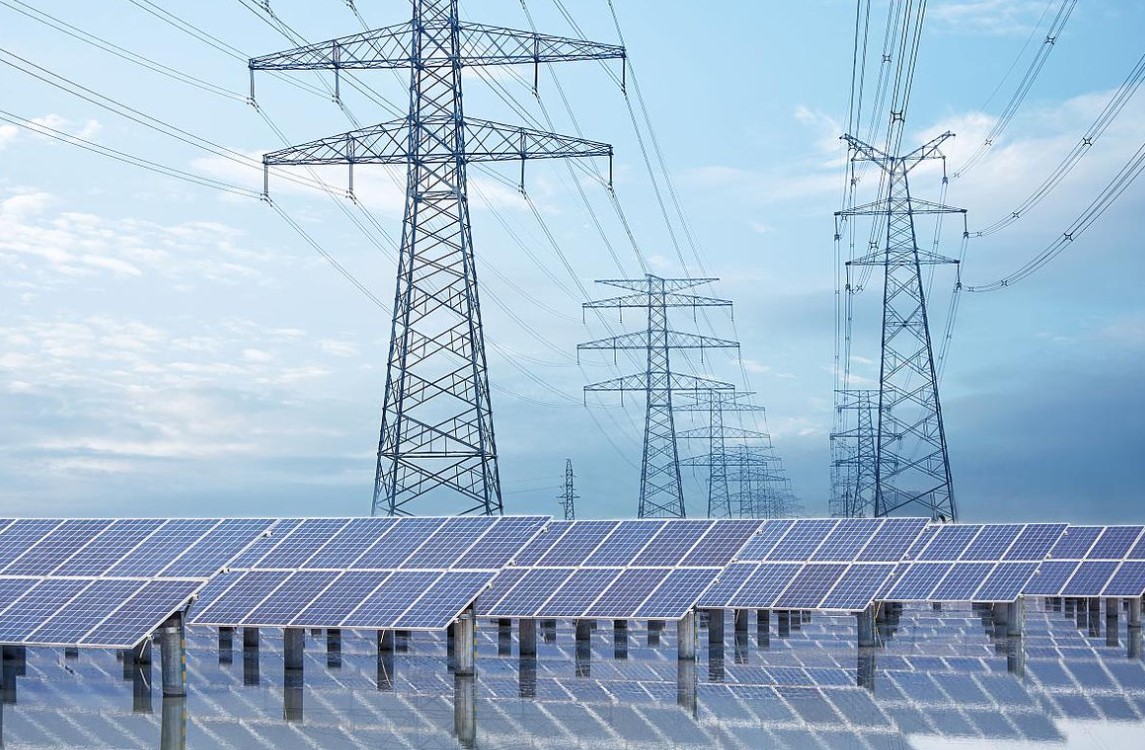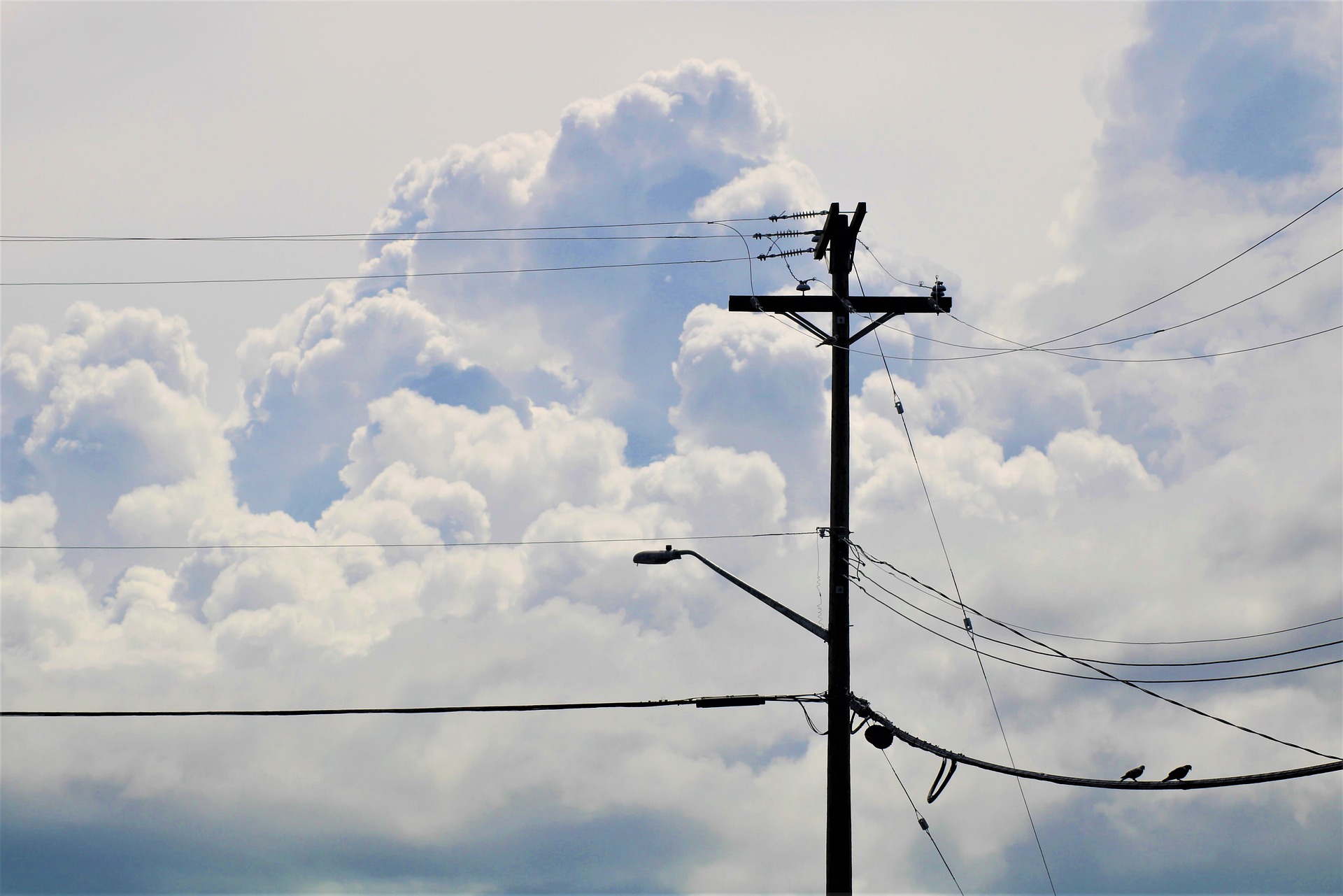As renewable energy continues to surge, solar power plants play an essential role in producing clean electricity. A vital part of a solar power plant’s infrastructure is the cabling system, which ensures the safe and efficient transmission of electricity generated from solar panels to the grid. In this article, we’ll break down the different types of cables needed, their roles, and factors influencing cable selection for connecting a solar power plant to the grid.

Key Cabling Requirements in a Solar Power Plant
Before examining specific cable types, it’s important to understand that cables in a solar power plant face unique challenges. They are typically exposed to high levels of sunlight, temperature variations, and mechanical stress, all of which require that cables be robust, durable, and highly efficient in transmission. Here are some primary requirements for cables used in solar applications:
- UV Resistance: As most solar plant cables are exposed to sunlight, they need UV-resistant insulation to avoid degradation.
- Thermal Stability: Solar plants experience high daytime temperatures, especially in desert and tropical areas. Cables need to withstand these temperature fluctuations without compromising performance.
- Weather and Moisture Resistance: Rain, snow, and humidity can impact cable performance; thus, cables need weatherproof insulation.
- Durability and Flexibility: Solar cables must be flexible for easy installation and maintenance, as well as durable to withstand mechanical stresses over long periods.
Cable Types Needed for Solar Power Plants
In general, cables in a solar power plant can be divided into three primary categories based on their function: DC cables, AC cables, and grounding cables.
1. DC Cables (Direct Current Cables)
DC cables are used to connect solar panels to each other (often in series or parallel configurations) and to connect the strings of panels to the solar inverter. DC cabling is crucial in maintaining efficiency and reliability in the initial stages of power generation.
- PV Cables (Photovoltaic Cables): These are specialized DC cables specifically designed for connecting individual solar modules. PV cables typically feature double insulation and are constructed to withstand UV exposure and harsh weather conditions. They are also resistant to flames, acids, and alkaline substances. Commonly used types include solar cable H1Z2Z2-K and USE-2 cables.
- String Cables: After connecting individual solar panels, these strings are then connected to combiner boxes or directly to the inverter. String cables carry the DC power generated by the solar array, and they must have low electrical resistance to minimize power loss over longer distances.
2. AC Cables (Alternating Current Cables)
Once DC power is converted to AC by an inverter, AC cables carry this power to the grid. These cables must be capable of handling higher voltages and currents since they transport electricity over long distances.
- Low-Voltage AC Cables: For small solar plants or short distances, low-voltage AC cables (typically rated up to 1,000 volts) are used to transport power from the inverter to a transformer.
- Medium-Voltage AC Cables: In larger solar farms, medium-voltage AC cables (rated between 1 kV and 35 kV) are used to connect the power to step-up transformers. From here, power can be transmitted to the main substation.
- High-Voltage Cables: When solar plants are located far from the grid, high-voltage AC cables (35 kV and above) are required to minimize transmission losses. These cables carry electricity over long distances from the solar substation to the grid substation.
3. Grounding Cables
Grounding is essential in any electrical installation, including solar power plants, to protect equipment and personnel from electric faults. Grounding cables connect the metal frames of solar panels, inverters, and other equipment to the earth, ensuring that any leakage or fault current is safely discharged.
- Earth Cables: Earth cables are commonly made from copper or aluminum due to their excellent conductivity. They connect various parts of the solar array to the grounding system.
- Bonding Cables: Bonding cables are used to connect equipment to a common grounding point, ensuring the entire system is at the same electrical potential. This helps prevent electric shock hazards and reduces the risk of equipment damage.
Factors Affecting Cable Selection

Selecting the right cables for a solar power plant is critical for ensuring efficiency, safety, and durability. Here are some factors to consider:
-
Current and Voltage Rating: The cable size and insulation type depend on the power output of the solar plant. Higher capacity plants require larger, more robust cables to handle high current and voltage levels.
-
Temperature Tolerance: Cables used in solar installations should have high-temperature resistance. Thermal stability is essential for avoiding insulation degradation and maintaining electrical performance over time.
-
UV Resistance and Durability: Solar cables are often exposed to direct sunlight and harsh environmental conditions. UV-resistant, weatherproof insulation is essential for cables that are installed outdoors.
-
Length and Distance: The distance between the solar panels, inverter, and grid connection points affects the cable size and type. Longer distances often require cables with higher voltage ratings to reduce power loss.
-
Installation Type: Whether cables will be installed underground or above ground affects insulation requirements. Buried cables need additional protection against moisture and mechanical damage, while above-ground cables need UV and weather resistance.
-
Local Regulations and Standards: Different regions have specific regulations for solar cable installations, such as fire resistance, safety, and labeling requirements. Ensure compliance with local standards, like NEC (National Electrical Code) in the U.S. or IEC (International Electrotechnical Commission) standards globally.
Additional Considerations
- Efficiency and Energy Loss: Choosing the right cable size is essential to minimize resistance and reduce energy losses, especially over long distances.
- Maintenance and Accessibility: Proper cable layout and planning can simplify maintenance tasks, reduce downtime, and improve system longevity.
- Cost Considerations: Although high-quality cables may have a higher upfront cost, they provide better durability and efficiency over time, which can lead to significant savings in operational costs.
Final Thoughts
Cabling is a crucial but often overlooked component of solar power plants. Choosing the right cables for each part of the system—DC, AC, and grounding—ensures that the solar plant can operate safely, efficiently, and reliably over its lifetime. By considering the factors mentioned above and consulting with a cable expert, solar plant operators can ensure the best choice of cables to connect their solar power plant to the grid effectively.
In conclusion, understanding the specific roles and requirements of each cable type can help optimize a solar power plant’s performance and reliability, ensuring it meets both regulatory standards and energy efficiency goals. With the right cables, solar power can be seamlessly and sustainably integrated into the electrical grid.

Comments
No comments yet. Be the first to react!